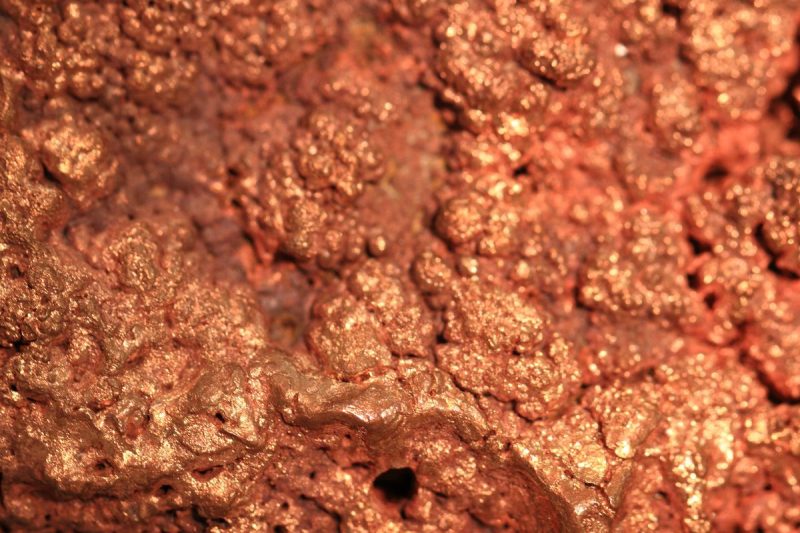
Shiny Transformation: The Journey of Copper Refining (Latest in 2024!)
Copper Refining: A Comprehensive Guide from Ore to Market
Extraction Stage
Mining and Crushing
The extraction process of copper begins in the mining phase, where large pieces of ore are extracted from the earth’s crust. Once extracted, the ore is transported to a crushing facility where it is further broken down into smaller pieces for easier processing. Crushing the ore is essential to increase the surface area for chemical reactions that will take place in subsequent stages.
Concentration
After crushing, the ore undergoes a concentration process to separate the copper minerals from the surrounding rock materials. Copper ores are typically found in low concentrations, so the concentration process is crucial for obtaining a viable copper concentrate. Techniques such as froth flotation are commonly used in this stage to concentrate the copper minerals.
Smelting Stage
Roasting
The concentrated copper ore is then subjected to roasting, a process that involves heating the ore in the presence of oxygen. Roasting helps remove sulfur and other impurities from the copper concentrate, converting them into gases that can be easily separated. This stage is essential for preparing the copper concentrate for the subsequent smelting process.
Smelting
Smelting is a high-temperature process where the roasted copper concentrate is melted in a furnace. During smelting, the copper minerals are further separated from impurities, resulting in the production of liquid copper matte. This matte contains high concentrations of copper along with other valuable metals such as nickel and cobalt.
Refining Stage
Fire Refining
After smelting, the copper matte undergoes fire refining, a process that involves further purification of the copper metal. In this stage, the copper matte is heated in a refining furnace to remove impurities such as iron, sulfur, and other metals. The result is high-purity blister copper, which serves as the primary product of the refining process.
Electrorefining
The final stage of copper refining is electrorefining, a process that further purifies the blister copper using electrolysis. In electrorefining, the blister copper is dissolved in an electrolyte solution and subjected to an electric current. This causes the copper to deposit onto the cathode, resulting in high-purity copper sheets that are ready for the market.
Market Stage
Copper Cathodes
The refined copper sheets produced through electrorefining are known as copper cathodes. These cathodes are the final product of the copper refining process and are sold to various markets for further processing and utilization. Copper cathodes are widely used in industries such as construction, electronics, and transportation due to their excellent conductivity and corrosion resistance.
Market Trends
The copper market is influenced by various factors such as global demand, production costs, and economic conditions. As a vital industrial metal, copper plays a crucial role in infrastructure development and technological advancements. Market trends indicate a growing demand for copper in renewable energy technologies, electric vehicles, and sustainable construction practices, driving the need for efficient copper refining processes and sustainable mining practices.
In conclusion, the copper refining process involves multiple stages from ore extraction to market distribution. Understanding the intricacies of each stage is essential for producing high-quality copper products that meet market demands and environmental standards. Continuous innovation and sustainable practices are key drivers for the future of copper refining, ensuring a reliable and environmentally responsible supply chain for this essential metal.
